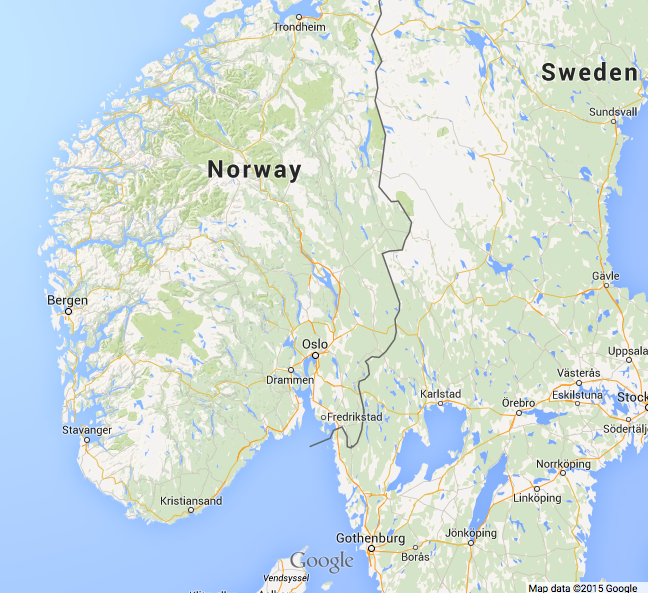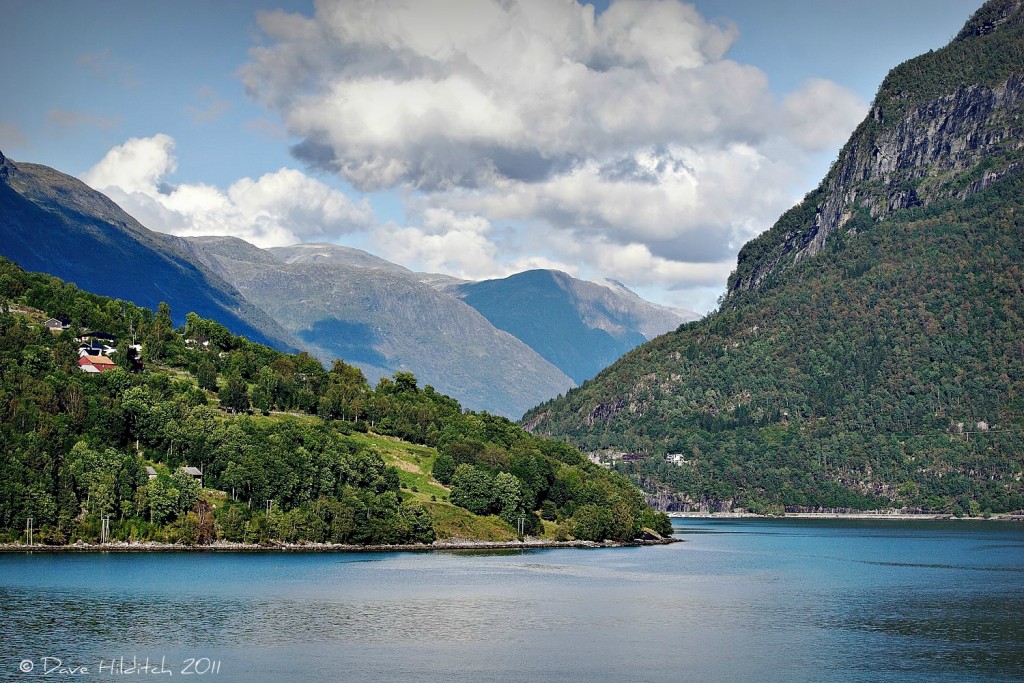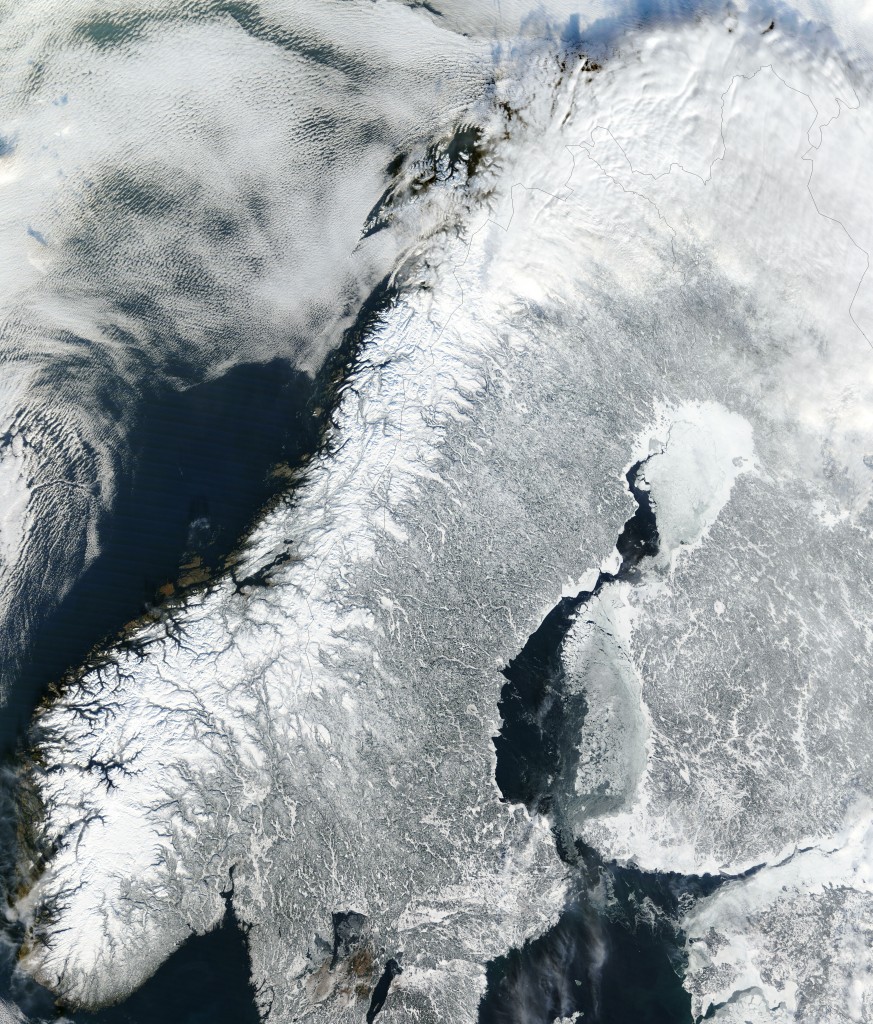Oslo is a gorgeous city, and in the summer time, it is no exception. Take advantage of the very late sunset and very early sunrise to do lots of sightseeing!
City Life
If you enjoy the city, there are plenty of sights to see without ever leaving the center of the city. If you intend on visiting several museums or other sightseeing attractions, it might be worth it to look into the Oslo Pass which includes free entry to a large list of museums and sightseeing opportunities, as well as discounts at various restaurants and bars. If a couple of the places on the lists interests you, it is probably worth it to purchase the pass. In addition, it includes free transport within zones 1 and 2.
There are many museums, but there are a few of note. The Munch Museum hosts various paintings by Edvard Munch, including the very famous “Scream” painting. The Norwegian Folk Museum showcases many exhibits of traditional Norwegian making, including a stave church from the year 1200. Holmenkollen is the giant ski jump which can be seen from elsewhere in the city, where you can head to the top and get a fantastic panoramic view of the whole city. For those that are especially daring, you can even take a zipline back down the bottom, and then visit the ski museum. The Viking Ship Museum has a collection of preserved viking ships, dating back to before the year 800. Admission to The Viking Ship Museum includes admission to The Historical Museum within 48 hours, where you can see various exhibits both from Norway and elsewhere in the world. The Astrup Fearnley Museum is a collection of modern and contemporary art, and the building itself is an exhibit of modern architecture and art. Akershus Fortress is free to the public, and was previously used as a defensive fortress and royal residence. Within its walls, you can find the Armed Forces Museum which is free, and the Resistance Museum which documents the resistance of Norwegians against the Nazi invaders during WWII. Akershus Castle can also be toured.
The Royal Palace can be toured in the summer, or just seen from the outside year round. The changing of the guard occurs at 1:30pm every day, and is an interesting ceremony to witness. Outside of the palace lies the Dronningparken (The Queen’s Park) which is a green oasis within the city center. Oscarshall is another royal residence in Oslo. Stortinget (The Parliament) can be visited in the summer on weekdays, where guided tours are given on a first come first serve basis. Karl Johans Plass is the street that connects Stortinget with The Royal Palace, and features wonderful fountains and other scenery, where you can also see Nationalteatret (The National Theatre)
There are also plenty of concerts, both modern and classical in the city. Check ticketmaster.no and search for events that interest you.
Nature
Vigeland Sculpture Park is within the city, but offers a wonderful escape into nature. It includes more than 200 statues of nude figures in various humorous and evocative poses, and were all created by Gustav Vigeland during his lifetime. A museum is also on the grounds. Various companies offer fjord tours where you can take a boat trip up and down Oslo’s fjord, or just kick back and go fishing. If you aren’t afraid of heights, you can see Oslo from the air in a helicopter tour.
Be Active
You can take the T-bane 1 line to Frognerseteren, and hike up to Oslo Sommerpark, where you can enjoy various physical activities, such as ropes courses, mountain biking, and RC car racing, or just take a stroll through the Nordmarka forest. Various hiking and biking opportunities exist all around and within the city as well. If you want a bit of exercise and want to tour the fjord, you can also take a kayak tour.
Chill
Take a stroll through Our Savior’s Graveyard (Vår Frelsers gravlund) and see Edvard Munch and Henrik Ibsen’s gravesites, as well as the oldest church and building in Oslo (Gamle Aker Kirke). Visit The Well, Scandinavia’s largest spa. Visit one of Oslo’s best coffee shops. Go see a movie (many movies are offered in English) or see it in 4DX.
Nightlife
Go to an opera, ballet, or classical music performance at the Oslo Opera House or simply walk on top of the building, and enjoy its unique and modern design. Cool down at the Magic Ice Bar, and view fantastic ice sculptures while sipping a drink from an ice glass. Visit one of Oslo’s three gay bars, SO, London Pub, or Elsker. Visit one of Oslo’s many clubs. Visit Blå and listen to live Jazz music, and walk around the trendy Grünerløkka area. Chill at the Colonel Mustard bar and restaurant and play one of the many board games they have around.
Weather
The weather is Oslo during the summer is relatively mild, with warm days, and cool evenings. Expect temperatures between 10ºC and 25ºC (50ºF and 80ºF). You’ll want to bring a jacket for the evenings, and possibly during the day as well. It will rain on average every other day, so you’ll also want to be prepared for some rain during the day, usually scattered showers. If you are going up in the mountains, you’ll need to make special preparations, so be sure to research the conditions before packing and check the forecast the day of.
All in all, Oslo has plenty to do, and you will never run out of things to do. If you need information on how to get to Oslo from the airport, see this post. ![]()










